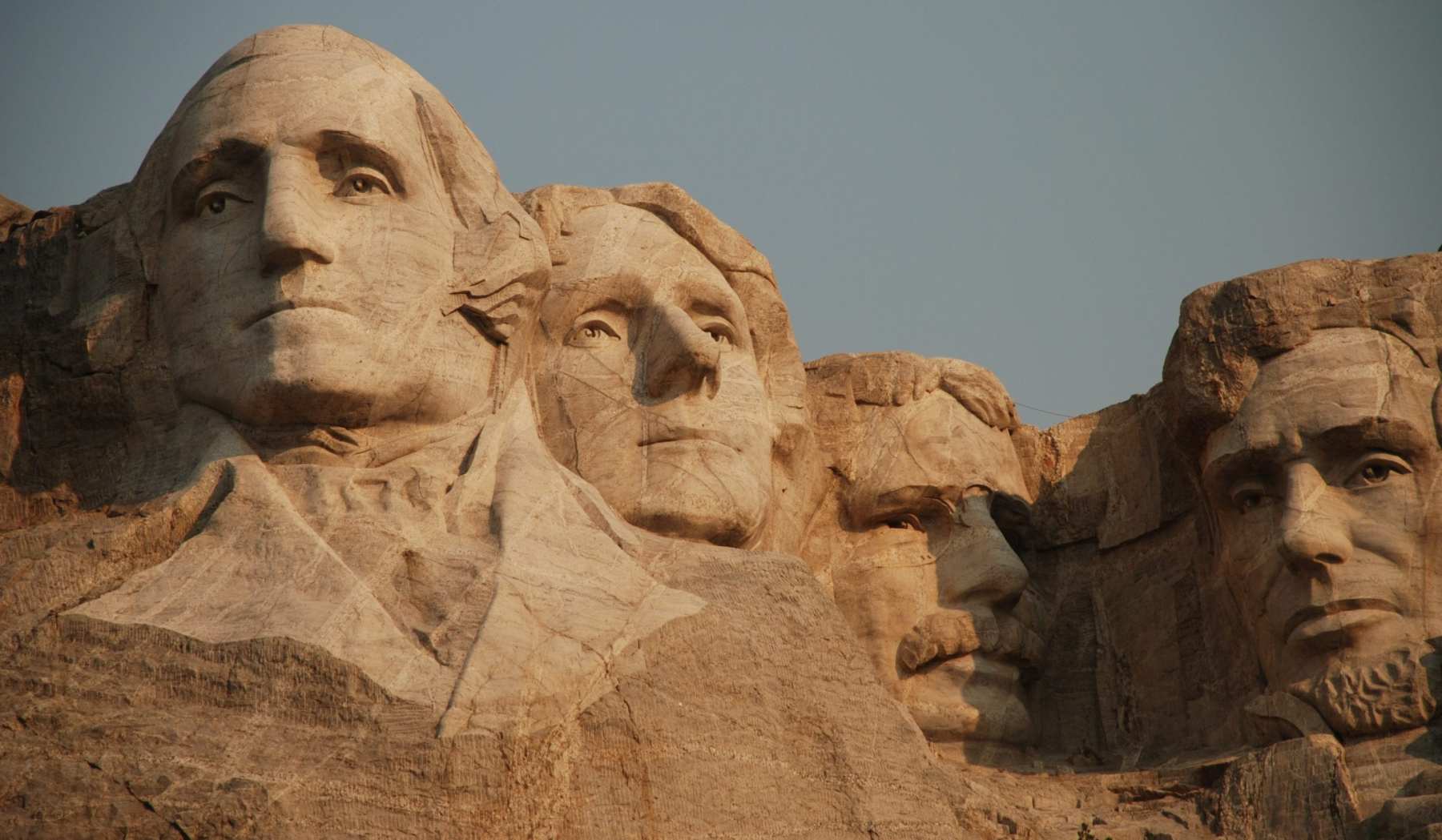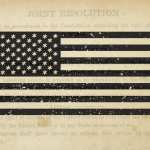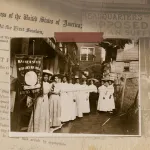This story was co-published with The Washington Post.
Last November, Christina Korp was at dinner in Los Angeles talking with friends about the upcoming centennial of the 19th Amendment, which gave some women the right to vote. The amendment’s 100th anniversary deserved a big celebration, Korp believed, and she knew a bit about marking significant events. Last year, she produced the Apollo 50th Gala at the Kennedy Space Center.
Korp, an entertainment industry veteran, said she wanted to create some type of visual mosaic to honor the anniversary this August, prompting her friend to joke that Korp, a South Dakota native, should put images of women on the facade of Mount Rushmore in her home state. Korp took it seriously.
In late August and early September, Korp’s project, “Look Up to Her,” will become one of a number of ways the Women’s Suffrage Centennial Commission will mark the anniversary, along with a commemorative coin and medal produced by the U.S. Mint and a virtual event at the Kennedy Center. She’ll project the images of 14 female leaders of the suffrage and civil rights movements on Mount Rushmore, including women who never themselves got the right to vote.
For two weeks, Abigail Adams, Sojourner Truth, Clara Barton, Harriet Tubman, Elizabeth Cady Stanton, Susan B. Anthony, Ida B. Wells, Alice Paul, Jeannette Rankin, Gladys Pyle, Mabel Ping-Hua Lee, Zitkala-Sa, Nellie Tayloe Ross and Rosa Parks will be projected in pairs flanking Mount Rushmore’s four presidents — George Washington, Thomas Jefferson, Abraham Lincoln and Theodore Roosevelt — in several-minute increments.
When the 19th Amendment was ratified on Aug. 18, 1920, it granted American women the right to vote after nearly a century of protest. But Black women still faced significant barriers to casting ballots. Native American women were still not considered U.S. citizens. The Chinese Exclusion Act prevented Chinese immigrants from becoming U.S. citizens until 1943.
Korp says she intentionally chose to include women such as Truth, who was born a slave and died before she had the right to vote; Zitkala-Sa, a Native American who at the time was not a citizen under U.S. law; and Lee, a Chinese immigrant who fought for suffrage knowing it would not apply to her.
“To me, being willing to do it anyway, knowing you might not live to see it but seeing the value of playing a part in it is really important,” Korp said.
The Women’s Suffrage Centennial Commission was created by Congress in 2017 with every female member of the U.S. Senate co-sponsoring the bill. It was appropriated $4 million for programs and projects marking the centennial of the ratification of the 19th Amendment.
Commission Chair Susan Combs, a former assistant secretary to the Interior Department during the Trump administration, said they embraced Korp’s idea because it aligns with the commission’s goal of backing projects that will have a lasting legacy instead of a one-time event. Combs said “Look Up to Her” will probably be filmed so those who cannot go to Mount Rushmore in person can still share in the experience.
The coronavirus pandemic has shifted plans for much of the celebration. An event the commission was planning for the Kennedy Center will now be virtual. It will work with the National Collaborative for Women’s History Sites and other groups to create statutes and signs to mark important suffrage sites. A rose bush will be planted at the White House.
One event that Combs hopes will still happen post-pandemic is a group of 100 women parachuting from the sky trailing purple and gold smoke — colors traditionally used by suffrage activists. The women were initially supposed to parachute into Seneca Falls, N.Y., where women gathered in 1848 for the first women’s rights convention. Due to coronavirus concerns, the jump was delayed, and the women will likely parachute into Chicago in October.
Korp, who described her upbringing in South Dakota as a “humble” one in a family with 10 children, said she hopes the legacy of “Look Up to Her” will be to “light a spark in another kid like me, especially a young girl.”
“I always think that people are afraid to do things because they’re afraid they’re going to hear ‘no.’ I get lots of ‘nos.’ I just try to go and find the yes. And I think that’s probably the spirit of what kept these women going. I’m just trying to do my part as a patriotic girl from South Dakota,” she said.






